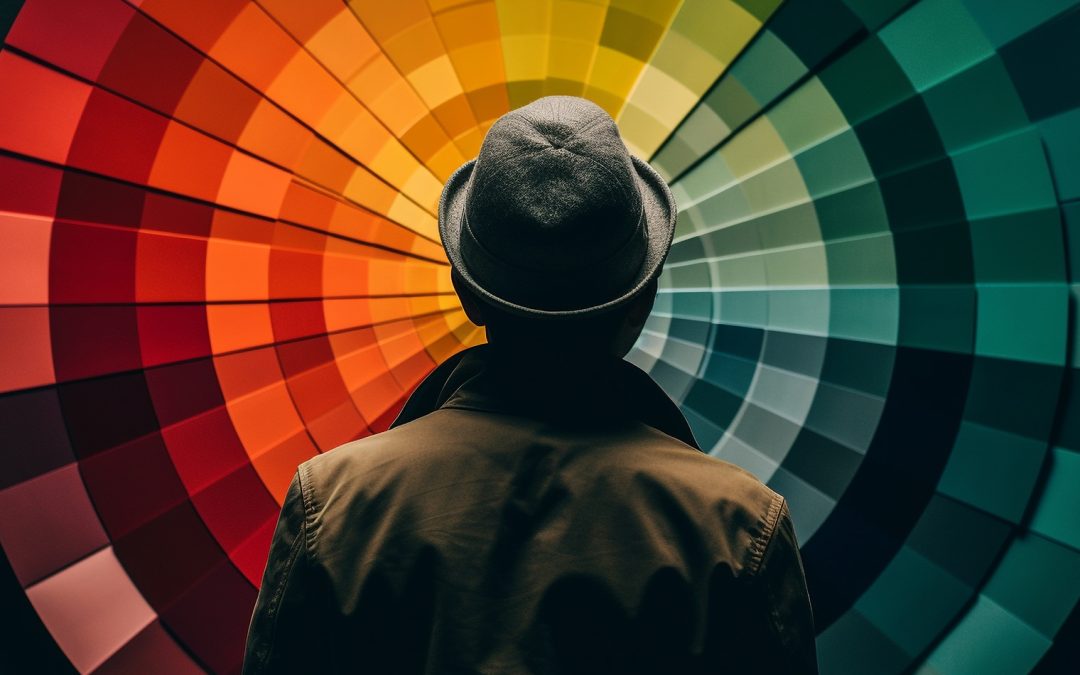Marketing is all about colors, which have a major impact on people’s decisions and attitudes towards certain products or companies. It is now clear that colors can enhance brand identity recognition by as much as 80% and that makes colors very instrumental in the creation of a brand. Each color evokes specific emotions and associations:
- Red creates interest and excitement and is used a lot in sales promotion messages.
- Blue the color denotes reliability and the color is therefore commonly used in financial institutions.
- Green reminds consumers of nature and health and can be used especially by environmentally friendly brands.
Being perceived as the color of positivity and warmth, yellow forcing sell to impulse buyers.
Depending on what has been found in literature, the strategic use of colors in communication can improve message and its attributes’ comprehensibility and memorability, regulating consumers’ decisions unconsciously. For instance, if a website was well designed and the colors used complement each other, visitors are likely to spend more time on the site and make more purchases.
Additionally, color maintenance on social media accounts, web, and applications strengthens the brand’s identity and encourages its patrons. Companies, such as Coca Cola and McDonalds apply this technique by incorporating unique colors that are appealing to their target markets.
To sum up, it is crucial to know the nuances of using certain colors in marketing strategies and tactics. Therefore the choice of colors in branding can lead to an emotional bond, consumers behavior change, ultimately promoting the positioning of brands in the market.
#ColorPsychology #Marketing #Branding #ConsumerBehavior #MarketingStrategy #VisualIdentity #EmotionalMarketing #ColorImpact #CocaCola #McDonalds #Design #MarketingTips

